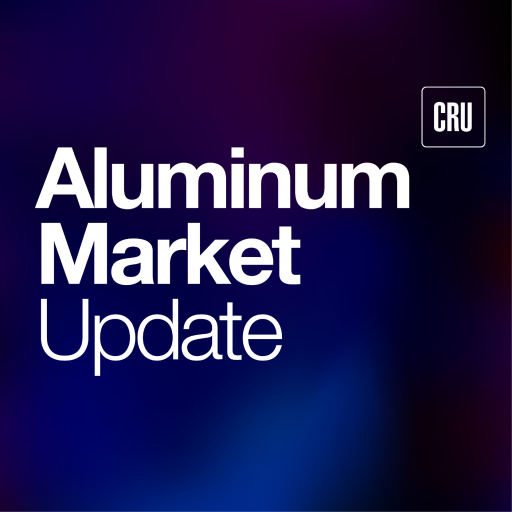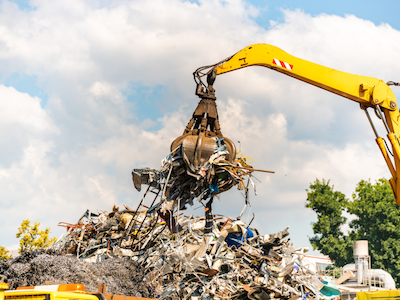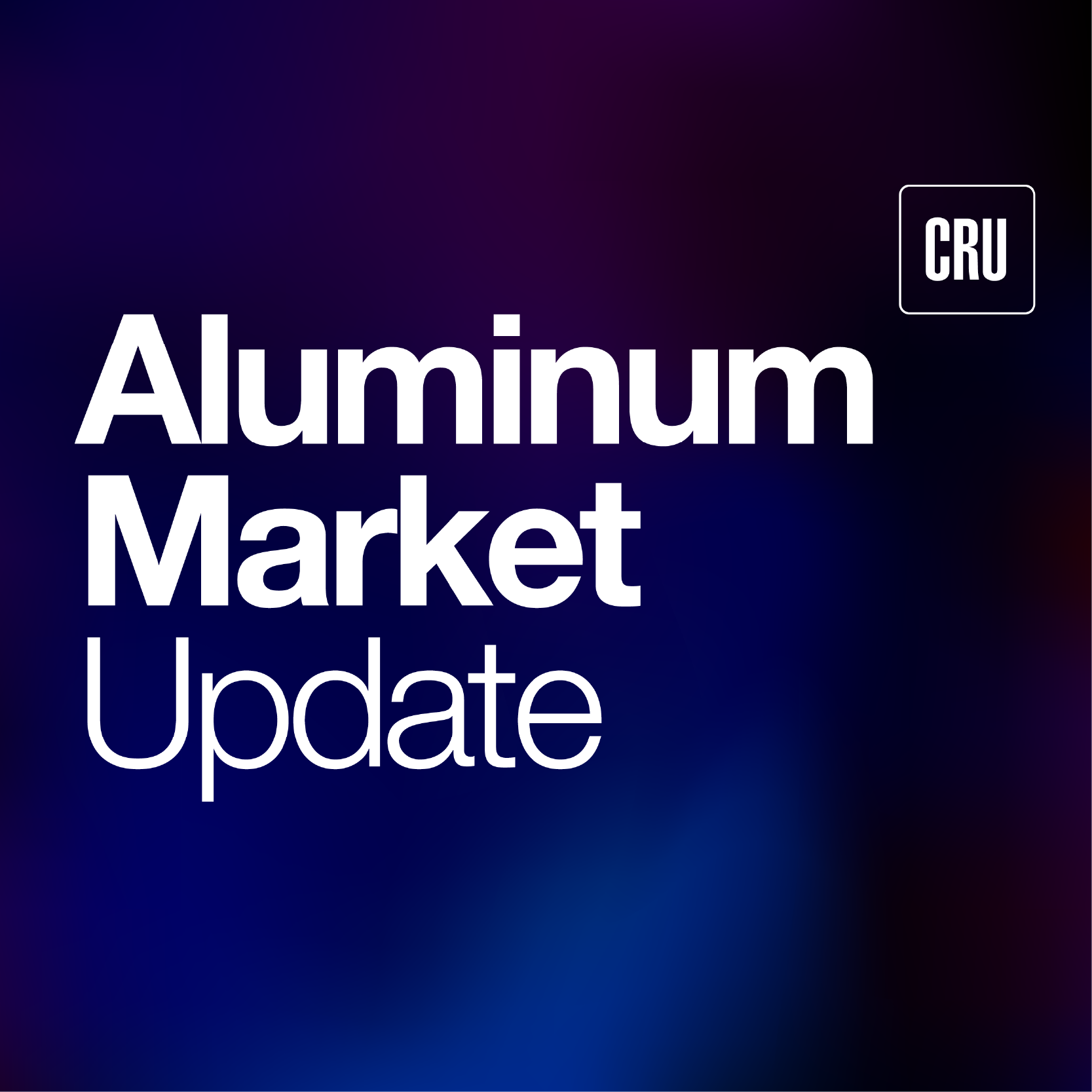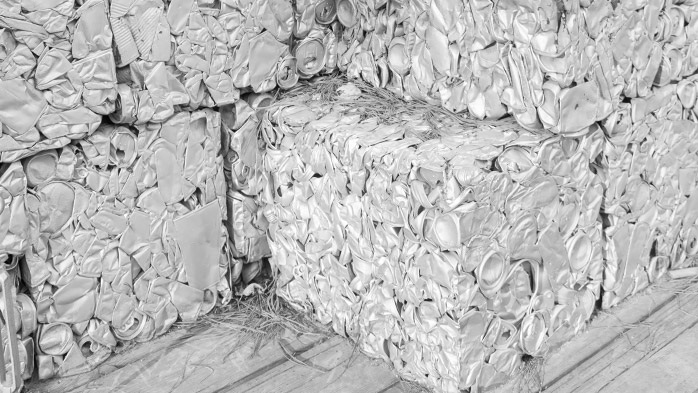Aluminum Scrap Markets
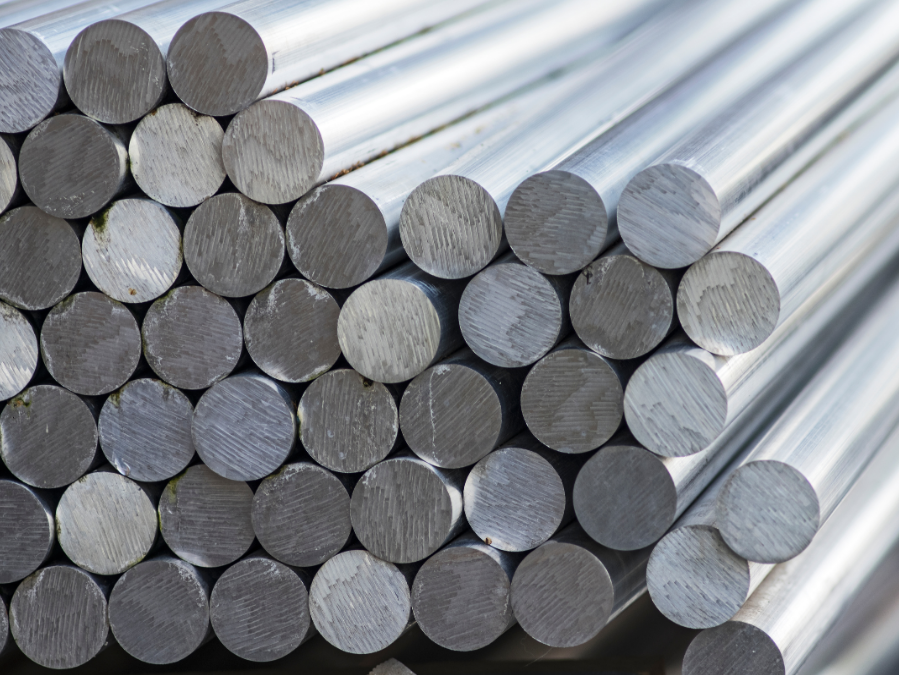
August 25, 2025
The state of primary aluminum inventories in the U.S.
Written by Greg Wittbecker
Market observers began speculating about U.S. inventory drawdowns at the beginning of summer.
The logic then was that:
- Canadian producers would begin to lower exports to the U.S. due to unprofitable economics due to the 50% Section 232 tariffs.
- Seaborne importers would also lower imports for the same reason.
- Physical traders would reduce U.S. inventories due to the lack of LME contangoes to cover financing costs.
- U.S. downstream fabricators would draw down inventories in response to lower real-time imports.
Midwest premiums at the time were quoted in the high 50’s, even though the consensus was that replacement was $0.72-$0.75 per pound over LME cash.
Fast forward to today and what we have seen transpire:
- Canadian imports have declined, with producers elected to sell FOB to physical traders and exports more to the EU.
- Seaborne imports surged before tariffs doubled and the market has been living off those stocks up to now, but they are declining.
- Traders have selectively sold into the premium rallies up to the low 70’s as the contango cash to 3 Month does not cover financing and stocks are increasingly concentrated in fewer hands
- Downstream fabricators are drawing on their primary stocks, trying to use more scrap (not a big swing factor because scrap discounts are much wider, indicating increased demand has not ensued).
The consensus is U.S. primary stocks are 300,000 to 400,000 metric tons. That represents 3-4 weeks of primary consumption. We can go back 40 years and look at inventory levels relative to the LME and Midwest premium to see how the market reacts to this ratio of supply.
It is not pretty.
Stocks at these levels typically trigger a major upward rally. Since we are talking about a unique U.S. situation, that means the rally will manifest itself in Midwest premiums NOT the underlying LME.
Premiums are now $0.71-$0.72 cents or about $0.03-$0.04 cents/pound below full replacement. There is a growing sense that we might see spot premiums overshoot full replacement to “shock the system” and get more supply. That could mean premiums reaching $0.80 per pound or more for short periods of time.
Premium overshoot plays to the strategy of traders in Canada
This overshoot is exactly what the savvy traders buying FOB Canada primary metal were playing for. They were able to buy FOB at a fully discounted price off Midwest including the 50% tariff. The risk they were willing to accept was financing these purchases in an LME environment that did not fully cover financing. Their calculated risk was premium appreciation would more than compensate for the inability to cover direct financing cost.
Producers play the waiting game
Both Canadian and seaborne importers have been patient in this environment where Midwest has not fully covered replacement. Producers have honored existing contracts at a high cost but have not shipped discretionary metal to the U.S. That patience may be about to pay off.
Why it matters
Something must give in this U.S. supply-demand equation. Aside from the 50% tariff, the production of metal in the U.S. is no better. Yes, the restart of Mt. Holly’s idle 50,000 tons/year will help…. but that could take 3-4 months to boot up and provide about 4,200 metric tons per month of supply. That will not make much difference to a U.S. market that has a primary deficit of over 4 million tons.
Despite the much publicized story in the Wall Street Journal about scrap metal being a solution to U.S. supply problems, there is not an answer in the short run. Scrap discounts are wide and as we talked about last week, the fact that they are wide is indicative of the fact that downstream fabricators are maxed out on their scrap incorporation rates. They need to add processing capacity to handle more and displace more primary metal.
The only way the U.S. prices its primary deficit is to boost Midwest premiums to full import replacement and then some. Don’t be shocked to see another steady appreciation in Midwest premiums come September and October.




